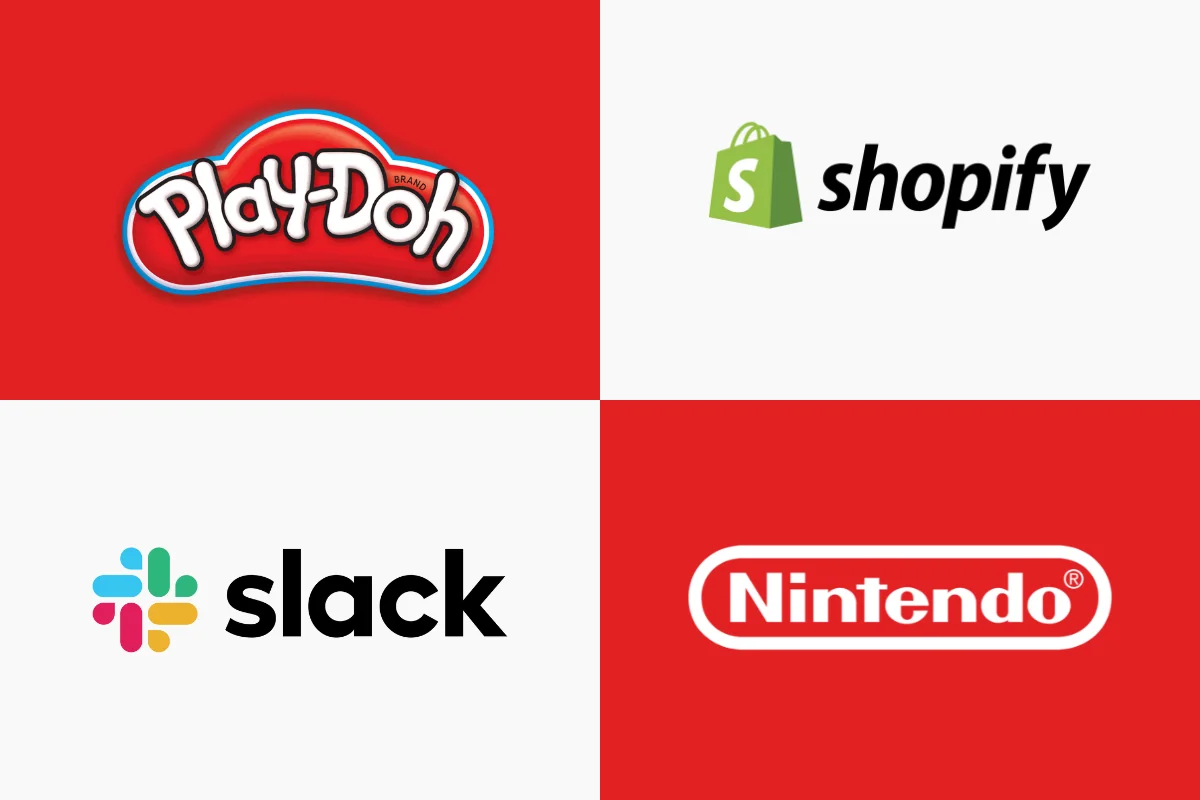In a crowded marketplace, standing out is crucial. A Unique Selling Proposition (USP) defines what makes your product or service distinct from competitors and why customers should choose you. Whether you’re launching a startup or refining an established brand, a strong USP can be the key to attracting and retaining customers. In this guide, we’ll break down the concept of USP, explain why it’s vital for your business, and share actionable strategies and real-world examples to help you craft a compelling USP.
What is a Unique Selling Proposition (USP)?
A Unique Selling Proposition (USP) is a clear statement that outlines the unique benefits your product or service offers compared to competitors. It highlights the distinctive value you provide and answers the question, “Why should a customer choose you over others?”
Key Elements of a USP:
- Clarity: It should clearly convey your unique benefit in a simple, straightforward manner.
- Relevance: Your USP must address a specific need or solve a problem for your target audience.
- Uniqueness: It differentiates you from competitors by focusing on what you do best.
- Memorability: A strong USP sticks in your customers’ minds and becomes a core part of your brand identity.
Why is a USP Important?
A well-defined USP is essential for several reasons:
- Differentiation:
In a saturated market, a USP sets you apart from your competitors and helps customers quickly understand what makes you unique. - Customer Focus:
It communicates a clear benefit that resonates with your target audience, making it easier to attract and retain customers. - Brand Positioning:
A strong USP becomes a cornerstone of your brand’s messaging and helps shape how your business is perceived in the market. - Marketing Effectiveness:
With a clear USP, all your marketing efforts—from ads to content—can be aligned around a consistent message, improving overall campaign performance.
How to Create a Compelling USP
Crafting an effective USP requires a mix of research, creativity, and strategic thinking. Here are the steps to develop your unique selling proposition:
1. Understand Your Target Audience
- Research Customer Needs:
Conduct surveys, interviews, or focus groups to learn what your customers value most. - Identify Pain Points:
Determine the common challenges or problems that your audience faces.
2. Analyze Your Competition
- Evaluate Competitor USPs:
Look at what competitors are offering and identify any gaps or areas where you can excel. - Differentiate:
Pinpoint the unique benefits or features that set your product or service apart.
3. Define Your Unique Value
- List Your Strengths:
Identify what you do best—whether it’s exceptional quality, innovative technology, outstanding customer service, or unbeatable price. - Highlight Benefits:
Focus on the tangible benefits your customers will receive.
4. Craft Your Statement
- Keep It Simple:
Write a concise, clear statement that encapsulates your unique benefit. - Make It Memorable:
Use engaging language that resonates with your audience and reflects your brand personality.
5. Test and Refine
- Gather Feedback:
Share your USP with a small group of customers or colleagues and refine it based on their input. - Iterate:
Don’t be afraid to tweak your USP as your market evolves and your business grows.
Examples of Effective USPs
Example 1: Domino’s Pizza
“You get fresh, hot pizza delivered to your door in 30 minutes or less, or it’s free.”
Domino’s USP was built around speed, reliability, and a guarantee that addressed a common customer pain point—long delivery times.
Example 2: FedEx
“When it absolutely, positively has to be there overnight.”
FedEx’s promise of overnight delivery set them apart from competitors and instilled trust in their service reliability.
Example 3: Apple
Apple’s USP focuses on premium design and seamless integration across its product ecosystem. Their USP is less a single phrase and more the overall experience, which differentiates them from other tech companies.
Frequently Asked Questions (FAQs)
Q: What is a Unique Selling Proposition (USP)?
A: A USP is a clear statement that explains what makes your product or service unique and why customers should choose you over competitors.
Q: Why is a USP important for my business?
A: A strong USP differentiates your brand, attracts your ideal customers, and creates a consistent marketing message that drives conversions and builds loyalty.
Q: What are some common mistakes in creating a USP?
A: Common pitfalls include being too vague, focusing solely on features rather than benefits, and failing to differentiate from competitors. Always strive for clarity, relevance, and uniqueness.
A well-crafted Unique Selling Proposition is essential for differentiating your business in a competitive marketplace. By clearly articulating what makes your offering unique and why customers should choose you, you can build a strong brand identity and drive more conversions. Use the steps and strategies outlined in this guide to develop, test, and refine your USP. With a focused and compelling USP, you’ll be well-equipped to connect with your audience and stand out from the crowd.












